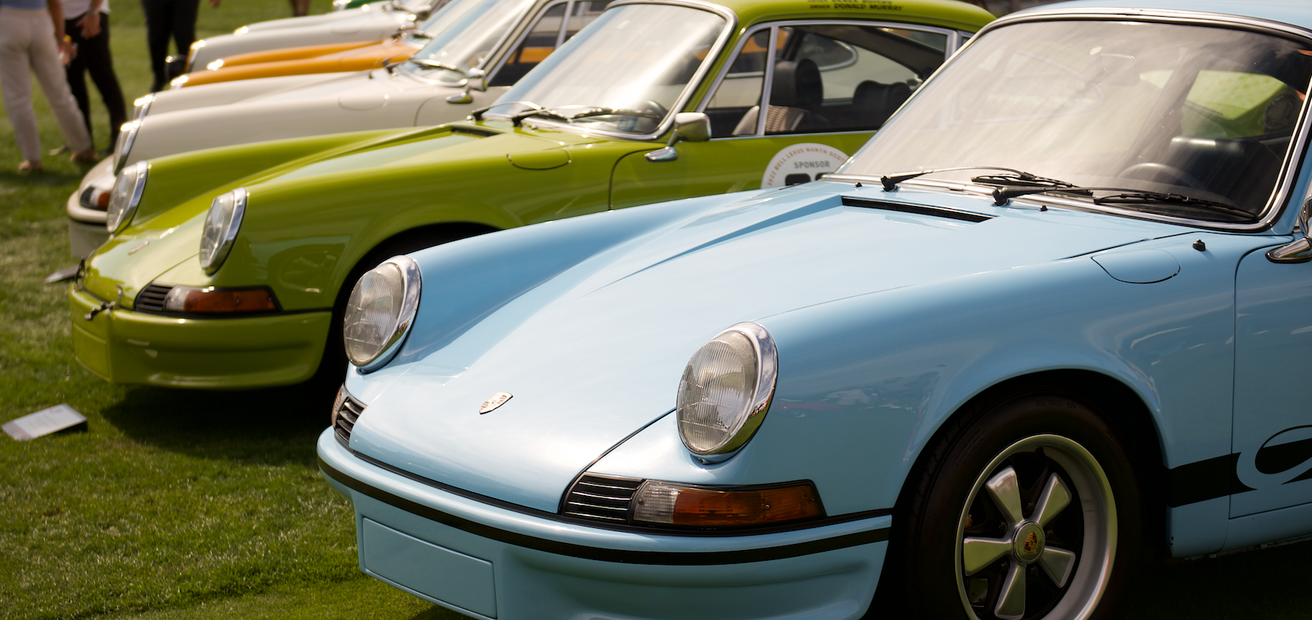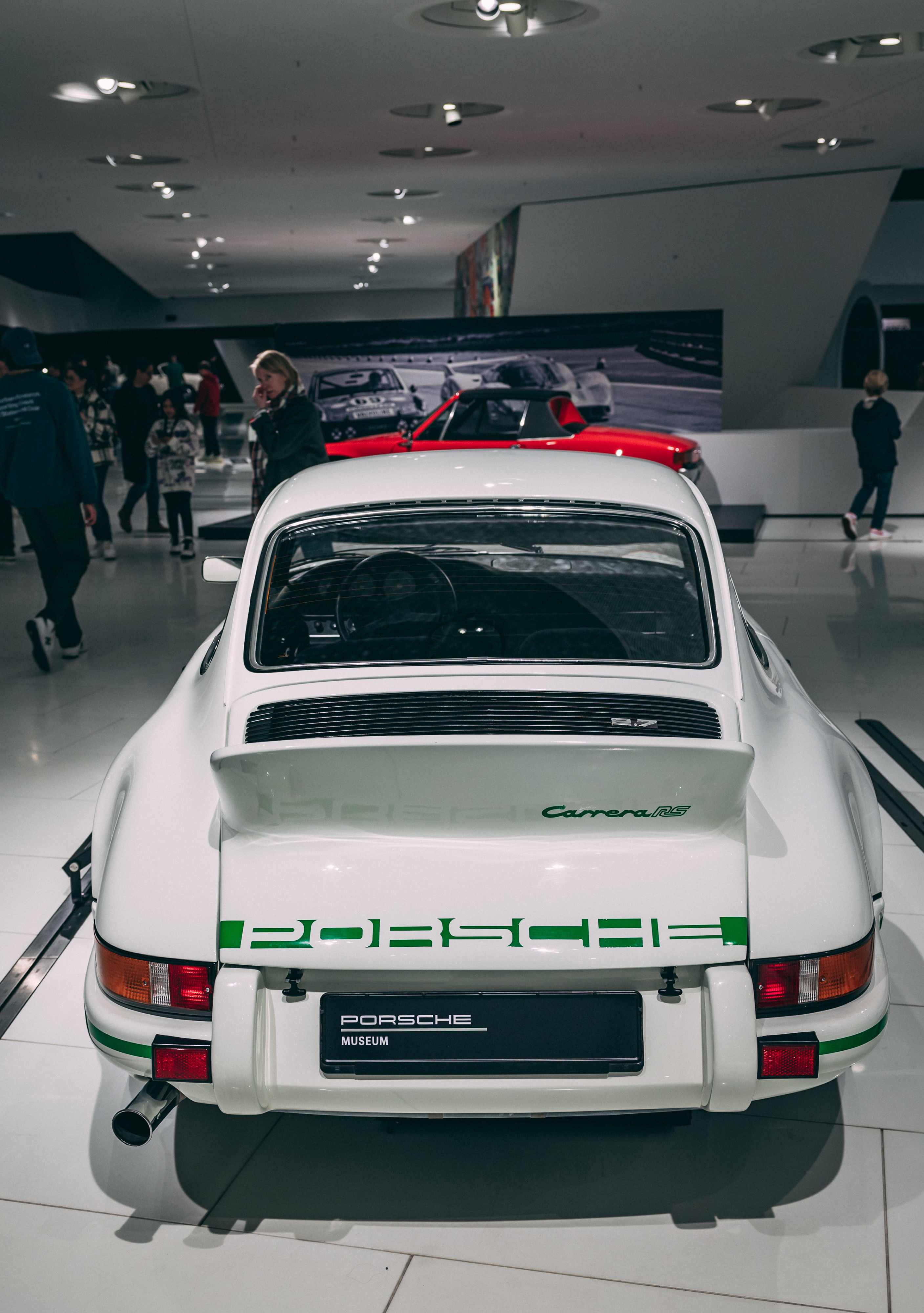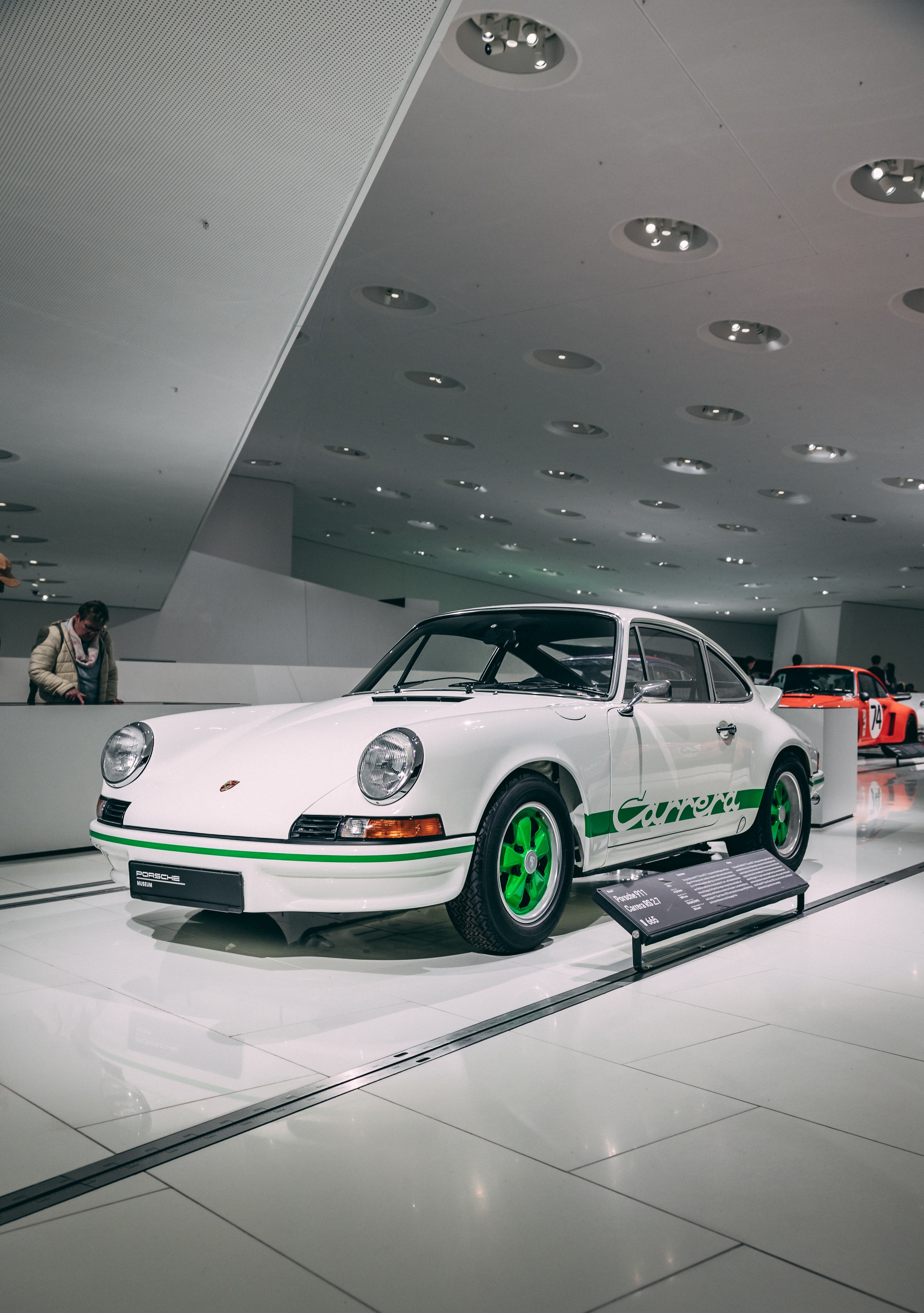Porsche 911 2.7 RS: The Ducktail Spoiler That Changed the Game

Jamie Ong
Known as one of the most iconic and sought-after models in Porsche’s history, the 911 2.7 RS helped shape the legacy of the 911 series. With only 1,590 units produced between 1973 and 1974, its exclusivity only adds to its allure. This rare machine is still making waves in the collector's world.
You don’t just drive the Porsche 911 2.7 RS - you experience it. But even the most revered icons don’t make it to our collection. Why did we pass on this legendary sports car? Read on to find out how Auto Icons weighs the best interest of our clients, potentially saving you $1.25 million with our expertise.
The Legend that Almost Wasn’t
The Porsche 911 Carrera 2.7 RS was a car that almost never made it to the streets - and thank god it did. Back in the late 1960s, aerodynamics was still a new frontier, and Porsche engineers were still refining how to manage airflow. While the 911’s shape was close to its limits, racing drivers had voiced concerns about stability at high speeds and through turns. In response, company chairman Ernst Fuhrmann instructed Helmuth Bott, the chief engineer, to address the issue. By the early ‘70s, Porsche was dominating the track but needed a road-going homologation special to keep pushing the limits in Group 4 racing. The 2.7 RS was the no-nonsense, stripped-down, lightweight missile designed to meet the FIA’s production requirements while giving Porsche a weapon for the race circuit.
The chin spoiler on the 1972 models was an initial attempt to reduce front-end lift, but there was still more work to be done. Tilman Brodbeck, an aerodynamic expert at Weissach, was once again called upon. Inspired by a small rear spoiler on a Fiat 850 he had owned as a student, he collaborated with mechanics and body shop craftsmen to create a prototype. After refining it in a wind tunnel and confirming its effectiveness on the test track, the iconic ‘Burzel,’ or ducktail spoiler, was born. This simple yet effective design quickly became synonymous with the Carrera 2.7 RS.
Porsche was initially hesitant to build the 2.7 RS, thinking it was too extreme, too specialized, and too much of a gamble. They weren’t sure if a lightweight, stripped-down, race-inspired 911 would sell, and the costs of developing it were no small matter. There were also plenty of doubters within the company who questioned if the ducktail spoiler would even work or just make the car look ridiculous. But the solution to the 911’s aerodynamic challenges was already in the works.
Every aspect of the car had one goal - speed. Engineers slashed weight, cranked up the power, and sculpted that now-iconic ducktail spoiler to reduce lift at high speeds. What started as a purely functional aerodynamic fix ended up defining the 2.7 RS’s unmistakable look. The result? A car that didn’t just win races - it rewrote the rules for what a 911 could be.
Why This Model Matters
There’s more than just performance behind the Porsche 911 2.7 RS. It was the first car in the Porsche lineup to bear the ‘RS’ title, which stands for RennSport (racing sport). We’re talking about an extremely lightweight version of the Porsche 911 that was engineered with the racetrack in mind. Equipped with a 2.7L flat-six engine producing 210 horsepower, this car wasn’t just fast - it was built for precision. Porsche wasn’t about to let practicality kill their passion for performance. The 2.7 RS became the ultimate example of what happens when you let engineering obsession and motorsport pedigree take center stage. With its aggressive looks, featherweight construction, and razor-sharp handling, the 2.7 RS proved that when Porsche takes a risk, the world gets a legend.
But here’s a fun fact only true Porsche enthusiasts would appreciate: the 2.7 RS wasn’t originally intended for mass production. It was a homologation special. Porsche had planned to make only 500 examples to satisfy racing regulations but ended up producing far more as demand from customers exceeded expectations. And let’s not forget the ducktail spoiler, which was not just a performance feature but a visual statement that signified the car's racing intentions. The ducktail wasn’t initially designed as an aesthetic feature, but its aerodynamic benefits made it a game-changer, influencing Porsche’s future design choices. It became more than a styling cue; it was an essential element to unlock the 911’s full potential.
The Porsche 911 2.7 RS and the Art of Collecting
Here’s where things get interesting - and a little controversial. While we see why the Porsche 911 2.7 RS deserves all the adoration it gets, we’re also acutely aware that its $1.25 million price tag comes with some hefty expectations. As a serious collector and automotive investment advisor, we don’t just buy any car that crosses our path. We meticulously assess each model to ensure it serves our clients’ best interests.


Sure, the Porsche 911 2.7 RS is a true gem, but we ask: is it worth every penny? In certain cases, it is. However, with so many other Porsche models and other investments in the classic car market, we find that there may be better alternatives out there that also boast impressive returns. By passing on this model, we could be saving our clients a hefty sum, all while ensuring that their investments remain as wise as they are exciting.
But for those who really know their Porsche history, they’ll understand why the 2.7 RS isn’t just about the price tag. It’s about the purity of the driving experience. The balance between its lightweight construction, its wide rear arches, and its rear-engine layout gives the car an unmatched feel on the road that has kept enthusiasts hooked for decades.
Auto Icons: Exclusive Access to the Right 50-Year Porsche 911 2.7 RS
Our mission is clear: to help our clients build a collection of vehicles that represents both timeless beauty and smart investment decisions. While the Porsche 911 2.7 RS may be a dream car for some, it doesn’t always make sense for every enthusiast or investor. That’s where our expertise comes in - guiding you toward the right decision, ensuring your collection not only thrills but appreciates in value. If you’re considering an 2.7 RS, make sure you find the right one. Not every example is worth its price tag.
Here’s an insider tip. When searching for a 911 2.7 RS, don’t just look for a pristine example. Find one with originality. Some of the most valuable models are those that have all matching numbers, including the engine, transmission, and chassis. And if you’re lucky enough to find a lightweight version - those are even rarer and more coveted by collectors due to their distinct weight-saving features, including thinner sheet metal, minimalistic interior, and lack of sound insulation.
If you're ready to explore automotive icons that combine performance, history, and incredible value, let’s talk. Our team is here to help you discover the classics that are truly worth your time and investment. Interested in learning more about rare Porsche models or seeking expert advice on acquiring your next automotive legend? Reach out to us for a personalized consultation today via WhatsApp, email, or our contact form.